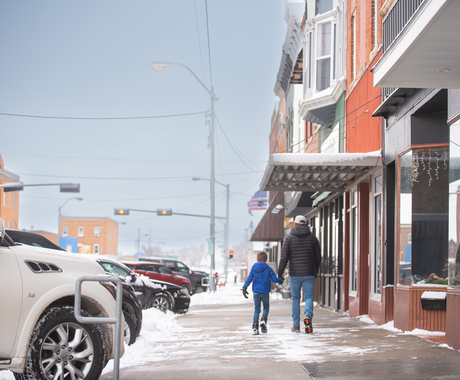by Brian Hanson, former staff member
Unfortunately, in the rancor of the presidential primary season, discussion of the benefits immigrants bring to rural and small town America has gotten lost.
Towns and cities in the nation’s midsection have struggled to find ways to maintain their population and tax base. However, small towns with growing immigrant populations have sustained, or even increased, their population.
Parts of rural America suffer from stagnant or shrinking population numbers due to an aging population. The “brain drain,” in which young people leave their hometowns, attracted by opportunities in urban areas, is also a factor. Kenneth Johnson, a demographer who studies rural America, has found that one-in-three U.S. counties are “dying.”
Using recent U.S. Census data, Johnson discovered that, where there is growth in rural areas, minorities account for 83 percent. The Hispanic population in nonmetropolitan areas grew at the fastest rate of any racial or ethnic group during the 1990s and post-2000 time period.
According to research at the Pew Charitable Trusts, nationally, 115 counties have experienced foreign-born population growth overcoming native-born losses to create net growth in overall county population from 1990 to 2012. And over 350 counties have seen population loss slowed by growth in foreign-born population. Much of this change has occurred in rural counties across the nation’s midsection, stretching from Texas to North Dakota.
This growth runs counter to the narrative that all of rural America is in decline, as these newcomers bring vibrancy and numbers to the small towns of “fly-over” country.





